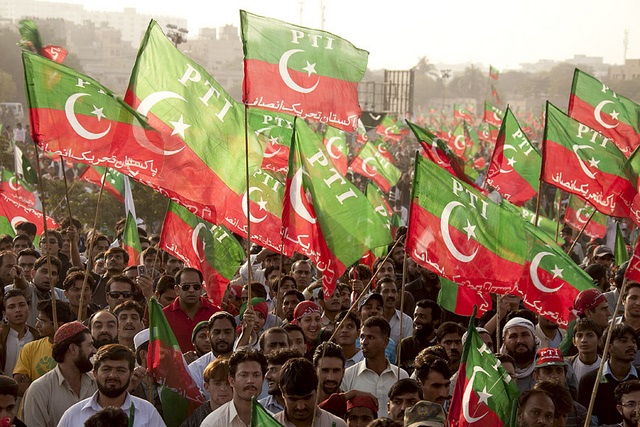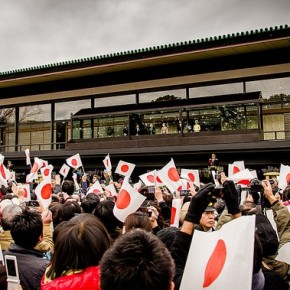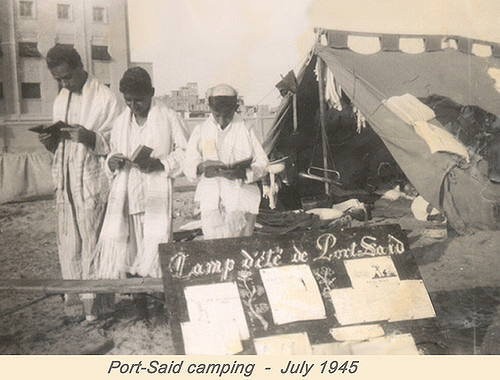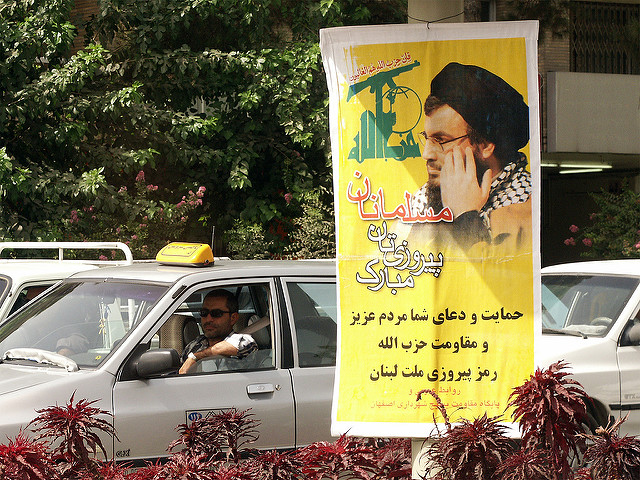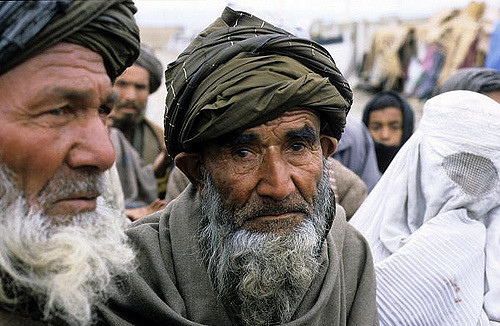In case you haven’t heard, Islamabad is in turmoil right now. Twin marches led by Pakistani-Canadian Imam Tahir ul-Qadri, and cricketer-turned-politican Imran Khan, have turned violent and shaken the government’s foundations. On Saturday night, a crowd of about 25 000 people marched to the Prime Minister’s statehouse, and after some protesters broke in, the police began a crackdown. Tensions are thick and Pakistanis around the world aren’t sure what comes next. No matter what, though, it is clear that we need to start separating our democratic aspirations from charismatic figures like these two men.
When I was in Pakistan in January 2013, Tahir ul-Qadri launched his Long March. I was mildly excited. He seemed to be saying all the right things: the government is corrupt, poverty is widespread, and life is genuinely oppressive for the vast majority of Pakistanis. It was no wonder that English-language journalists loudly wondered if the Long March was the start of a Pakistani Spring. His sloganeering was an end to itself, though. After a few days of fiery speeches, Qadri reached a deal with the government that gave his Pakistan Awami Tehreek party some power over a caretaker that would oversee the April elections. Everyone went home. There was no Pakistani Spring.
The Long March is a good lesson in Pakistani politics. During his speeches, Qadri was mixing personal opportunism with actual grievances against the status quo. Although his talk of Inqilaab (“revolution”) was never serious, no one could deny that he was making valid arguments. Pakistan needs a colossal overhaul. It faces massive challenges ranging from corruption and illiteracy to rolling blackouts and simmering uprisings in its frontier provinces. Even if you didn’t trust Qadri, you had to recognize that he was saying things that everyone wanted to be said. Otherwise, it wouldn’t have been smart opportunism.
A few weeks ago, on Pakistani Independence Day, Qadri returned to Islamabad. This time, though, he was joined by Khan, who is popular among the Diaspora and urban middle class. They coordinated marches with lofty names: Qadri’s PAT launched the Inqilaab March, and Khan led the Pakistan Tehreek-e Insaf‘s Azadi (“Freedom”) March. Demonstrators came to Islamabad with the express purpose of demanding Prime Minister Nawaz Sharif’s resignation, and ushering in what Khan called a Naya (“New”) Pakistan. From the beginning, though, it was clear that these protests had many of the same problems as the Long March. That remains the case, despite the police brutality.
It is often difficult to criticize Khan because of his star power, both in Pakistan, and its sprawling Diaspora. His team beat England and won the 1992 Cricket World Cup, after all, and his playboy lifestyle was iconic for a few decades. Since then, charity work has made him more popular. There is far more interest in these protests purely as a result of his presence there. The problem is that Khan has managed to turn himself into a projection for Diasporic fantasy, which blinds us to reality. Khan is simply Qadri if he was a more trustworthy rock star.

What does Khan mean by “Naya Pakistan”? For all our enthusiasm about his polemics against the country’s elites, no one really knows. Khan has made it clear over the years that he has an amorphous vision of Pakistani Islamic republicanism being mixed with a European-style welfare state. It is also clear that he understands secularism from a distinctly Islamic perspective.
Yet the vagueness of Khan’s vision has been raised by these protests. They began as a result of allegations of massive electoral fraud, and have now evolved to discuss many social and economic problems, but without a program with which to challenge them. Khan’s six-point charter of demands outline nothing of the sort, and he even proposed a strategy of boycotting personal taxes and utility bills. Pakistanis know that the system needs to change, but we don’t know how, and we don’t know what will replace it.
Is it any wonder then that Pakistanis are concerned that these protests have been orchestrated by the military? Historically, when a coup d’etat is about to happen, Pakistani society erupts in directionless political protests. That is what sets the stage for the military to step in and take control of the conversation. Social and economic problems get neatly quarantined as “issues of civilian rule.” Serious efforts to confront them are quashed. This happened in 1999 when General Musharraf seized power from the then-and-current Prime Minister Nawaz Sharif (which is probably why he is so paranoid right now.) It is arguably already going on with Sharif surrendering civilian control of security and foreign policy to the military in exchange for its support and mediation efforts.
The military probably doesn’t want to seize power right now, mainly because it wants civilian politicians to absorb the bad press of issues like terrorism. It is also so focused on the Taliban that it may find it more practical to simply put Sharif in his place. Sharif has clashed with the army over media censorship, construction contracts, warmer ties with India that would automatically reduce the military’s role, and Musharraf’s trial for high treason. It could be satisfied with slapping him on the wrist. In any case, the military has unquestionably reasserted itself through this crisis, even if the Army Corps Commanders say they want the issue resolved politically. The only question is how far they go. No matter what, “Naya Pakistan” could be dead in the water.
So what do we do? Street protests have seriously destabilized the government, and the immediate winners are in the defense establishment (with some possible wins for Qadri and Khan.) Clearly, there is potential for popularly-backed change, and many Pakistanis desire it, both in the country and abroad. However, we need to translate the desire for a Naya Pakistan into something that is far more compelling than Khan’s celebrity. It is no secret that Pakistanis want something similar to Tahrir Square. That is where the “Pakistani Spring” talk comes from, and Khan himself said just over a week ago that his protests “will stage such a big crowd that people will forget about Tahrir Square.”
But the Egyptian Revolution didn’t happen because a popular Egyptian leader called for it. There was a wider international push for substantive democracy that became manifest in Egypt, and political parties responded to it later. Egyptians themselves called for and led the Eighteen Days, and it was the end result of organizing and political activities that had been occurring across the country for years. If we want a Naya Pakistan, then we need to build it from the ground up, and go even further than Tahrir Square in order to prevent a return of military rule. People like Khan and Qadri have a role to play in that, but we need to lead them. Not the other way around.
Photographs courtesy of Mustafa Mohsin and carol mitchell. Published under a Creative Commons License.
